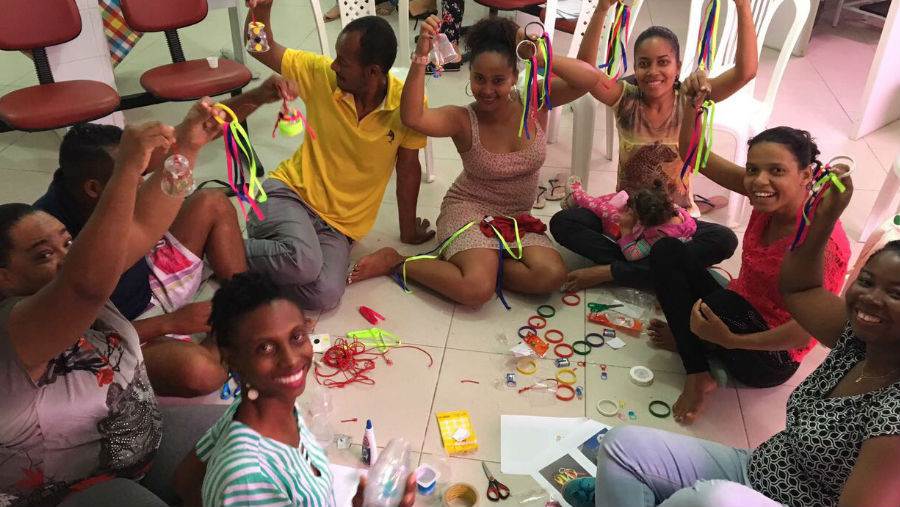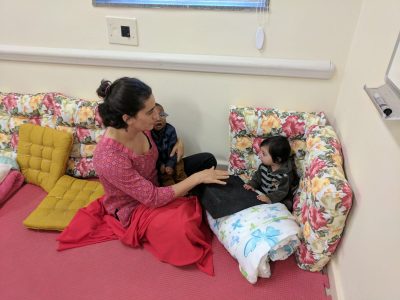Join a powerful, unprecedented alliance for better eye health for all.
Join IAPB-
Choose an alternate language here

It took me a while to realise that Maria also couldn’t see well, or perhaps even at all. I waved different toys at her to try to spark her interest, but it was only when I talked or sang to her that she showed me her beautiful smile. Whenever I could trigger a reaction from her it felt liked she’d given me an enormous gift – it was incredibly rewarding.

Spending the week with Maria made me reflect on what it will mean for her that she has poor vision in addition to the widespread intellectual and physical problems that she is likely to experience. Maria is still young – like most children affected by Congenital Zika Syndrome, as the first cases in Brazil were only born around November 2015. During her early childhood it will be important to engage with her through her other senses – like noise and touch – to make sure that her development is stimulated as far as possible. Without this extra attention, there is a danger that she will fall still further behind developmentally. As she grows older, specialists will need to try to address her vision problems as far as possible, whether through medical intervention or low vision devices and supports, to keep her safe and engaged in the world around her.
The future of the children with Congenital Zika Syndrome is unclear and time will tell the extent of the different impacts of the condition. Visual problems are likely to be at least part of the mix, and it will be crucial to address these are part of a comprehensive strategy in order to give these children, and their families, the best possible chance to enjoy a full life.
* Not real name
Photo on top: A parent group developing toys to stimulate their babies
Photo on left: Hannah working with babies